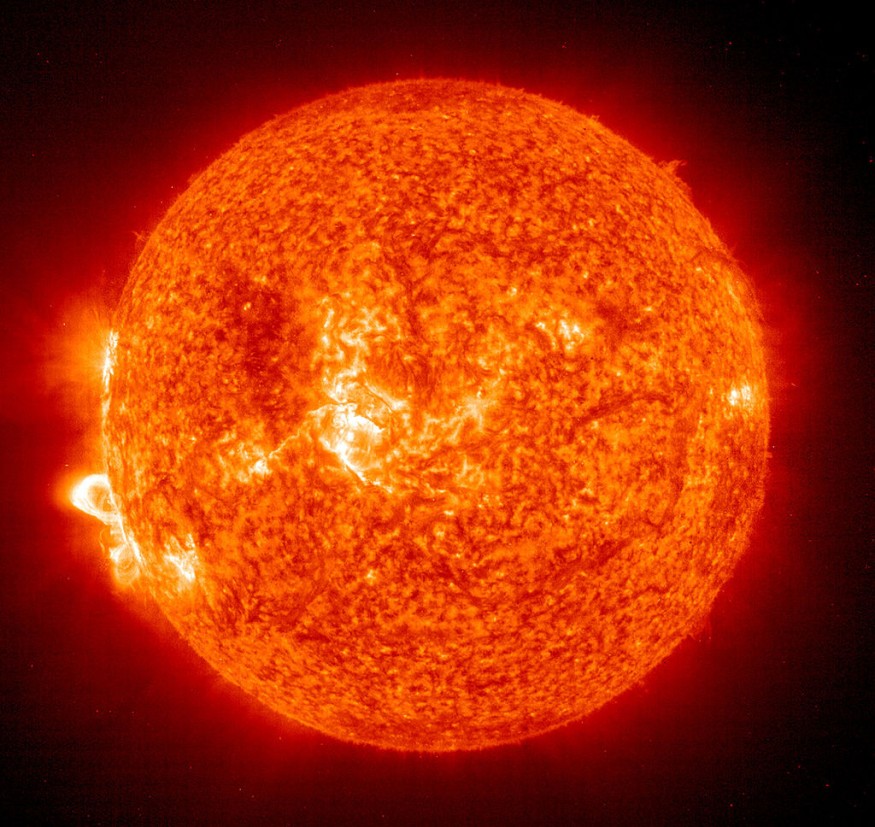
It may not be as talked about as it should probably was, but more than 50 years ago, the world almost reached a brink due to a huge solar storm. However, the almost-end-of-the-world event was not directly caused by it.
In 1967, when the Cold War was in power, the sun ejected one of the largest solar storms ever observed at the time, producing a colossal radio burst that almost triggered a US-Russian war, Newsweek reported.
The U.S and Russia at the time was in a period of geopolitical tension which lasted in decades, creating severe economic problems and growing political ferment. When the historic solar storm interfered with communication services here on Earth, it immediately troubled the United States military, which they interpreted as a deliberate jamming attempt by a foreign adversary. At that time, such movement was considered a potential act of war, with the U.S. operating a radar-based early-warning missile detection system to defend against the Soviet Union.
What Could Have Been a Nuclear Holocaust that "Never Came to Pass"
Space weather forecasters luckily managed to intervene and convince decision-makers of the U.S. Air Force that the Sun was probably behind the radio interference.
According to a report published in the journal Space Weather, Colonel C. K. Anderson and his solar forecasting staff were credited with providing information that "eventually calmed nerves and allowed aircraft engines to cool as they returned to normal alert stance ... it appears that unlike some of the human-error and miscommunication events in the 1970s, bombers did not take to the skies but were nonetheless positioned to do so."
Although, the storm did measure as an extreme G5-class storm on the National Oceanic and Atmospheric Administration's geomagnetic storm scale-the most severe type.
"As a result of this near incident, the need to incorporate real-time space weather information into the Air Force decision-making process was made obvious to many, and several major efforts were undertaken to greatly improve the operational capability of the AWS Space Environmental Support System," the report quoted.
Also read : New Satellite Data Reveals Freshwaters are Growing Fresher and Salt Waters are Growing Saltier
Space Weather Technology: "As Important as Physics"
The sun has proven its capability to send blasts of radio interference since then. If that type of solar storm happened today, it is "very unlikely" that it would lead to a misinformed military attack, given developments in space weather technology since then, said Morris Cohen, an associate professor of electrical and computer engineering at Georgia Tech and the president of the Atmospheric and Space Electricity Section at the American Geophysical Union.
Although military confusion caused by a solar flare may have decreased now, solar activity is still harmful and can extremely disrupt electronics across the globe, Newsweek wrote, especially with the broad reliance on radio signals across the spectrum, said Delores Knipp, research professor and fellow at the American Meteorological Society and co-author of the 2016 report. She adds that a larger concern now, perhaps, "are efforts to deny radio access and masquerade that interference as a solar event."
In the past decades, it is clear that lots of effort has gone into mitigating that problem.
Related article : Extreme Heat in India Approaches 50C Threatening Livelihood and Crops
© 2025 NatureWorldNews.com All rights reserved. Do not reproduce without permission.





